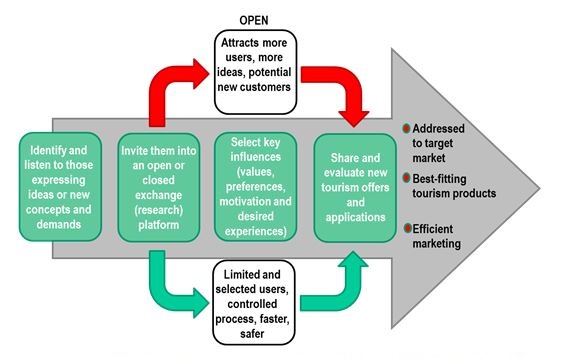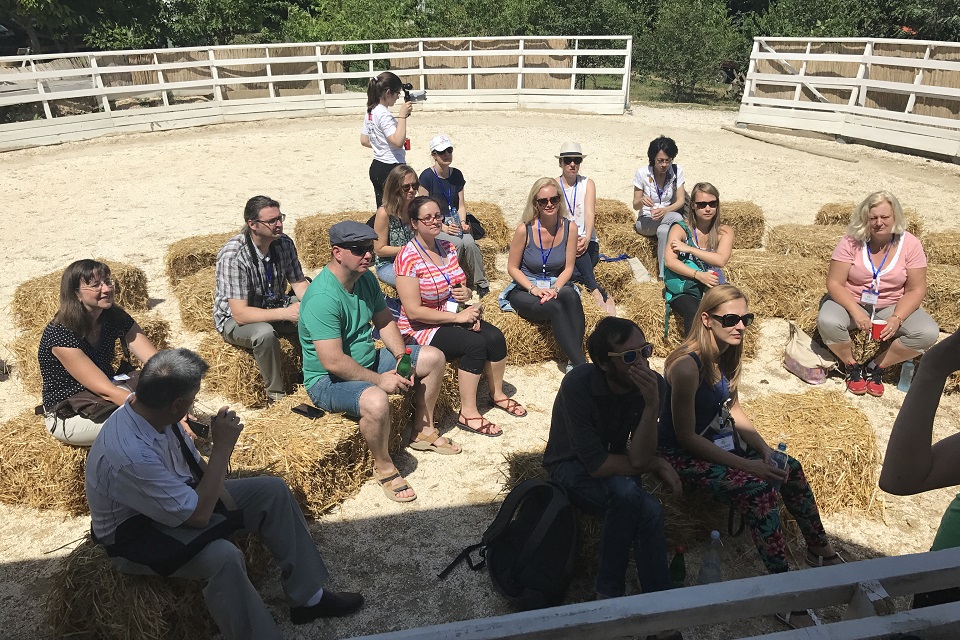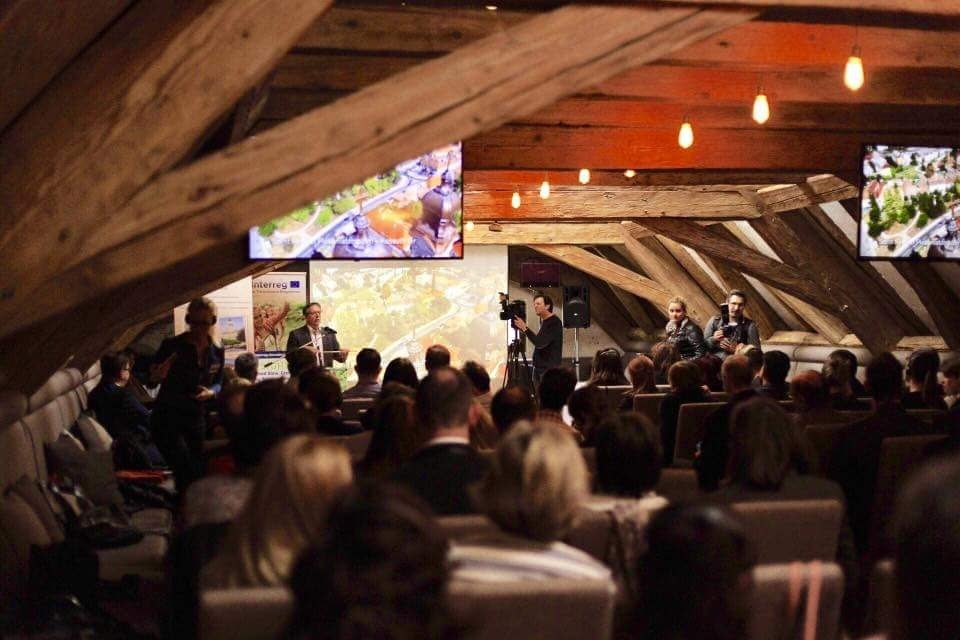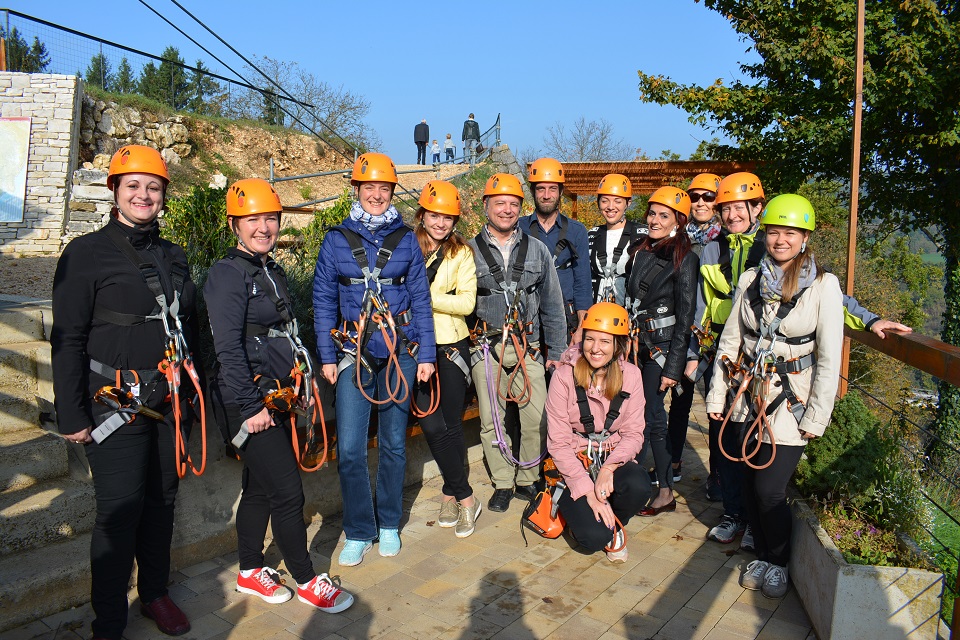INSiGHTS INtegrated Slow, Green and Healthy Tourism Strategies
Introducing the project results
WHAT HAS BEEN DONE?
To find solutions on how to make regions more attractive to tourists 13 partners from Austria, Bulgaria, Croatia, Germany, Hungary, Romania, Serbia, Slovakia, and Slovenia have joined forces in the Insights project – Integrated Slow, Green and Healthy Tourism Strategies co-financed by the European Regional Development Fund and the Instrument for Pre-accession Assistance.
TRAINING and OUTCOMES
From self-assessment to status quo synthesis
Sustainable tourism development is a complex issue and cannot be left to chance or follow aimless visions. INSiGHTS recognized the need of partner regions for guidance in the complex planning process and developed a series of manuals to assist in the process. In the early stages of the project, a self-assessment manual was introduced and complimented by an explanatory transnational workshop. In the first manual, the regions were challenged to take a closer look at their area and understand what was going on. Self-assessments were conducted by explaining different aspects of sustainability and indicators to measure them. By organizing transnational workshops, partners learned about how indicators are used and how to use them to assess the results. The collected self-assessments resulted in the Status Quo Synthesis.
Regional stakeholder group formation
By understanding the current situation, partners were led to set up regional stakeholder groups. Since visions and strategies that incorporate stakeholders are more transparent and better accepted, defining a stakeholder group and empowering them was a very important step. A manual guided partners to the set-up of functioning and successful stakeholder groups. Capacity building workshops, held regionally, ensured that participative development approaches were implemented. Once the groups were established, the incorporation of stakeholders ensured a greater understanding of the planning and development process of a regional tourism strategy. Together with a collection of state of the art and good practice examples in rural and nature-based tourism, a foundation was laid to incorporate regional stakeholders and develop sustainable and long-term tourism development strategies. Specially designed manuals accompanied project partners through the planning process, ensuring step-by-step support and success.
Regional visions
Realistic visions based on self-assessment, good practice examples and stakeholder involvement were created to reflect the regionally unique cultural and natural features. Identifying gaps in development, fields of action and desired goals led to the future-oriented vision that anticipated a sustainable future. Based on elaborated visions, eight sustainable regional tourism strategies were established.

Knowledge exchange and mutual learning
The local strategy development was supported by transnational learning. Throughout the project, transnational learning was important for knowledge exchange and mutual learning. Through walkshops and bilateral study visits, common problems were identified. A walkshop in Bulgaria and Serbia focused on integrated tourism management schemes, while partners in Slovenia and Croatia learned about coordinated tourism product development linked to greenways. Food for thought was given to partners from Hungary and Germany on a study visit to the Swabian Danube area. A bilateral study visit to Slovakia encouraged partners in their planned pilot actions.
Thematic panels consisting of master classes and critical classrooms addressed vital elements of tourism development and strengthened capacity among tourism development leaders. IT solutions in tourism, destination management and product development were only some of the topics addressed in these sessions.
Transnational learning was the strength of the INSiGHTS project, which led to stronger local strategies by offering continuous support and encouraging exchange across the Danube Transnational Programme area.
Transnational policy recommendations
Even though there are plenty of unique aspects characterizing each region, there were common problems, and joint solutions could be found.
Considering the above facts, transnational policy recommendations were drafted. First having an inventory of policies influencing sustainable development, and then conducting self-assessment on the applicability of national policies, roundtables with regional policy influencers were the forum in which policy recommendations could be brought forward by practitioners using them. The partners, therefore, contributed greatly to future development and increased their capacity for working within policy frameworks across governance levels.

COLLECTING STATE-OF-THE-ART GOOD PRACTICES in Slow, Green and Healthy Tourism in the Danube region and beyond
The purpose of the collection of good practices is to show exceptional examples of state-of-the-art good practices in slow, green and healthy tourism that can serve as a guide for the Danube Region. While there was a strong focus on the Danube Region during the selection process, the good practices selected are from all over the globe. The aim is to contribute to the sustainable development of slow, green and healthy tourism, and hence, it makes no sense to limit the search to a particular area, as the experiences from other areas of the world can serve as illustrations to the Danube region.
During 2017, project partner CEEweb conducted research on state-of-the-art good practices in slow, green and healthy tourism. Following the standards agreed by the partners, a number of practices were pre-selected based on their potential to become an example to follow. These practices were analysed and evaluated, and a total of 15 (5 per Thematic Pillar) outstanding examples were finally selected. The State-of-the-Art Good Practices document presents details of these 15 good practices.


PILOT ACTIONS
Project partners tested the viability of tools and methods jointly elaborated in the frame of the 3 Thematic pillars which represent new and innovative solutions in the less developed regions within the Danube macro-region involved in the project. The novel solutions were tested by the project partners during the pilot actions.
Final Brochure providing information on INSiGHTS’ main achievements and results is available here.
